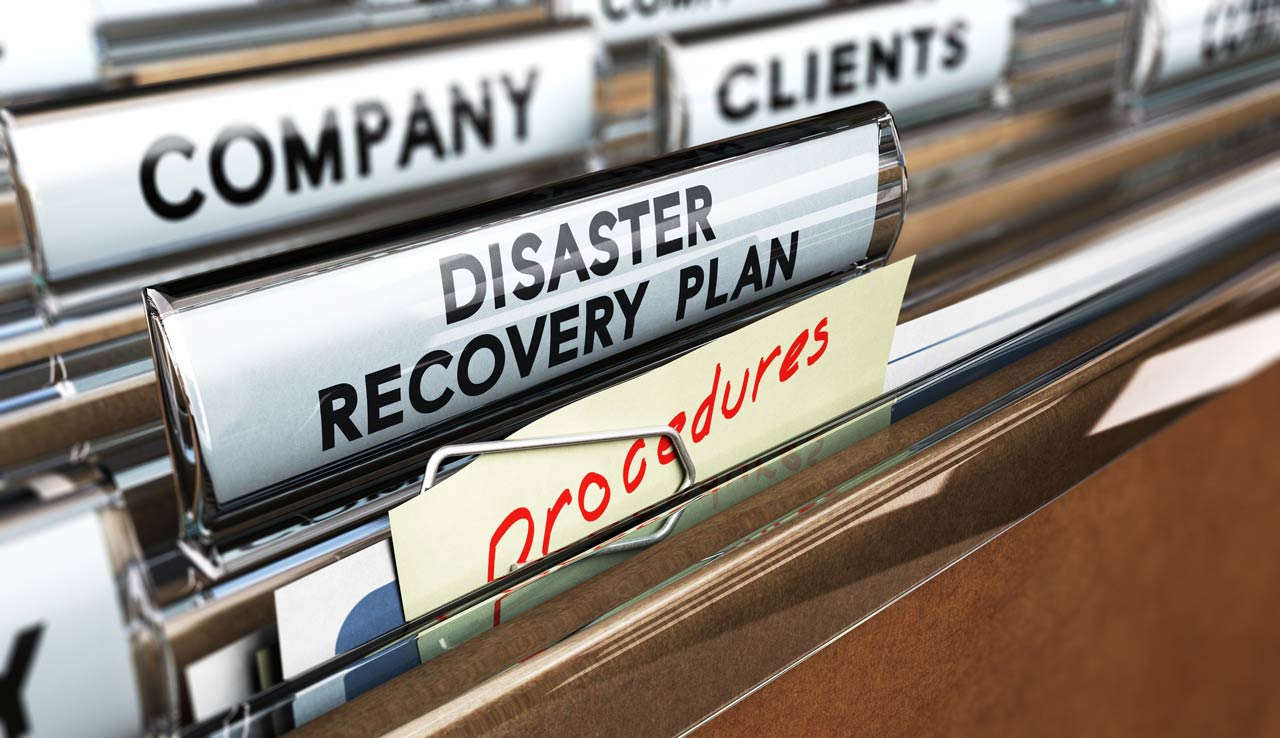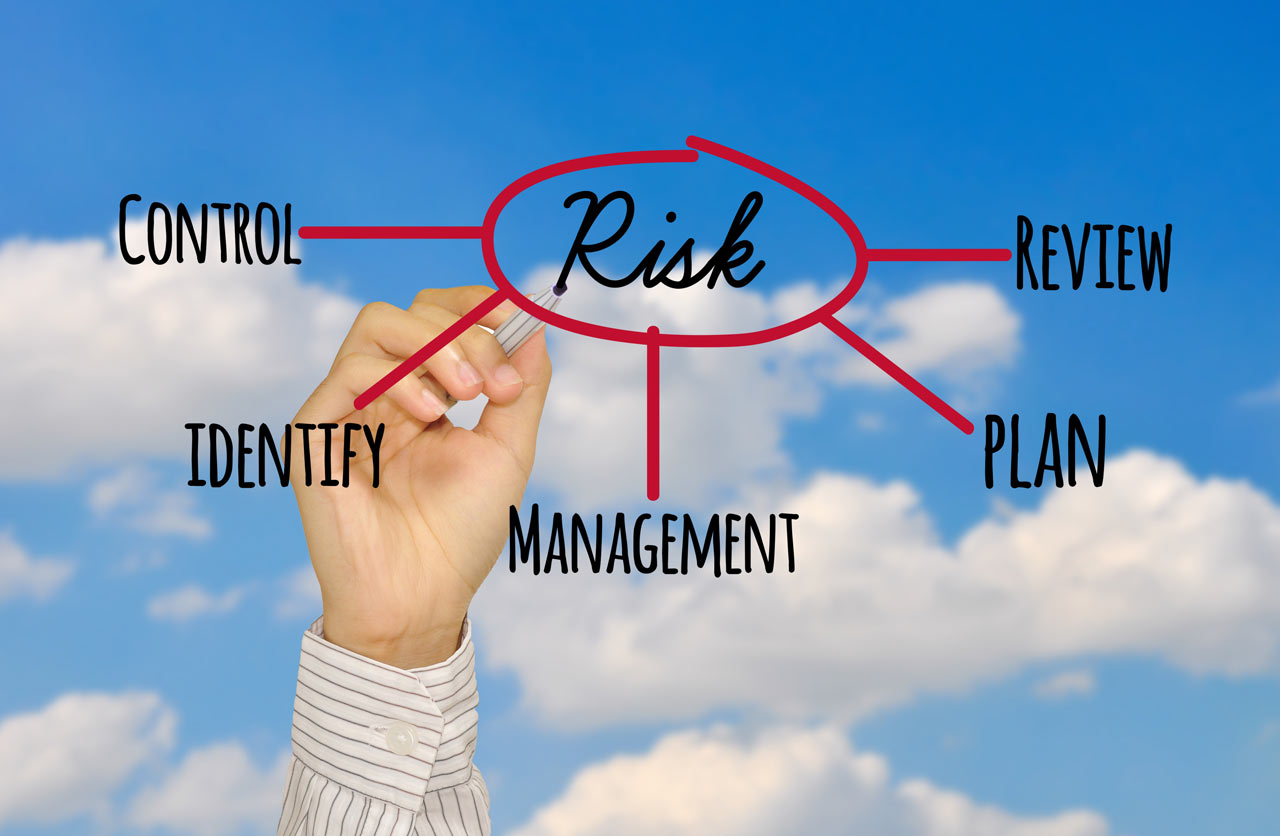The Importance of a Real-Time Crisis Response

Suppose one of the many risks facing your organization emerged as an actual crisis tomorrow. How long would it take you and your team to respond? Would there be a lag as you scrambled to gather the appropriate information and contact the right people? Would the crisis worsen as you rushed to initiate the response? Or, would you be able to respond in real time?
It’s no surprise that a fast response is crucial to mitigating the impact of any crisis. And in our digital age, crisis teams are being challenged to respond more quickly and effectively than ever before. Let’s take a closer look at the importance of a real-time crisis response.
Bad News Travels Fast
These days, the 24-hour nature of news, combined with omnipresent technologies such as smartphones and social media, means that word of a crisis travels fast. Often within minutes of the outset of an emergency, news of the incident is making the rounds on Twitter and being picked up by media. We’ve seen this recently with a wide range of different crises:
- President Trump criticizing Lockheed Martin in a tweet that was shared thousands of times and initiated a steep drop in the company’s stock price
- Target becoming the subject of an internet-fueled boycott over its transgender bathroom policy
- United Airlines became the focus of weeks of online outrage after officials forcibly removed a passenger from a flight, a violent exchange that was captured on the smartphones of several other passengers
In each of the above examples, a real-time response may have been helpful in mitigating the damage as the crisis continued to unfold. When an emergency strikes, your organization must respond in kind if you are to gain control of the situation. In most cases, strive to issue a response immediately—at most, within an hour—in order to set the appropriate tone and control the dialogue as much as possible.
When organizations fail to seize the opportunity to respond quickly, an information vacuum can quickly form, which encourages social media followers, critics, and customers to speculate and form their own opinions. However, instituting an immediate response helps mitigate damage to the organization’s reputation and bottom line, loss of customers, and other common effects.
24/7/365 Response
To achieve a fast response, an organization must also account for the possibility that a crisis may occur at night, on the weekend, or during a holiday. Even if an emergency strikes at 7 p.m. at the start of a long weekend holiday, your team should be able to instantly access and activate its crisis response plan, notify the appropriate people, and begin issuing statements on various online platforms.
Highly Vulnerable Industries
Although every type of organization benefits from a rapid crisis response, certain industries are more vulnerable to the effects of a slow reaction.
For example, healthcare and education organizations lost more money, on average, than other companies in the event of a data breach. Ponemon found that the global cost of a data breach per lost record was $158; however, for healthcare and education, that cost was $355 and $246, respectively. Considering that some breaches involve the theft of tens of thousands or more records, a single event could cost these organizations millions.
Luckily, real-time incident response can help to mitigate the cost of data breaches. The Ponemon research discovered that an incident response team cut the cost of a data breach by $16 per record, since organizations with an effective response are able to more readily contain the breach and retain a higher number of customers.
In industries like transportation, where people’s lives and safety are at stake, the impact of a single crisis can be devastating. It’s no wonder that Southwest Airlines makes real-time crisis response an absolute priority in any crisis situation. As Linda Rutherford, vice president and chief communications officer, explains, an immediate response can help with damage control, even if your team doesn’t have all the necessary information yet. Be transparent and share what you know at any given time, she says, treating crisis communication as an ongoing conversation.
How Vulnerable are You?
Your organization needs to be able to move as fast as bad news travels, regardless of when a crisis occurs. Only the strategic deployment of technology allows you to respond to crises in real time.
Traditional methods of crisis planning no longer work in our digital age. Many organizations still store their plan on a hard-to-access intranet or, even worse, in a ring-bound folder in the office. This doesn’t even come close to achieving the speed of response that is required. And if a crisis hits at night or on the weekend, the plans are virtually inaccessible.
When the worst happens, a real-time response is achievable using a smartphone app to enable anytime, anywhere plan access and immediate activation of your crisis response team. A crisis management app enables you to initiate an immediate response, regardless of when an emergency strikes or where your team is located. In addition, the technology enables real-time messaging and alerts, which allow your team to stay in constant contact and update other stakeholders as the crisis evolves. This encourages a faster, more streamlined response, which can position your organization for better crisis management and improved business continuity.









